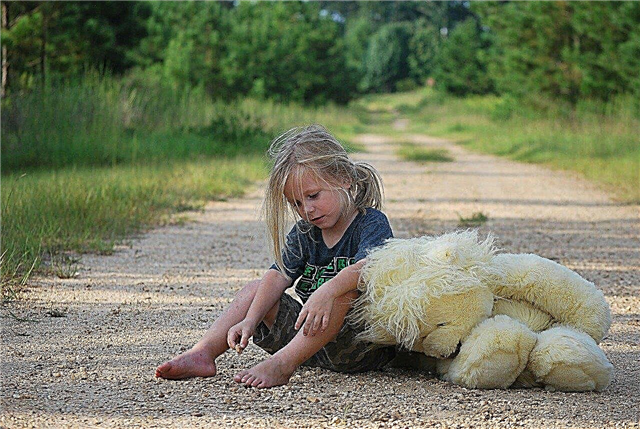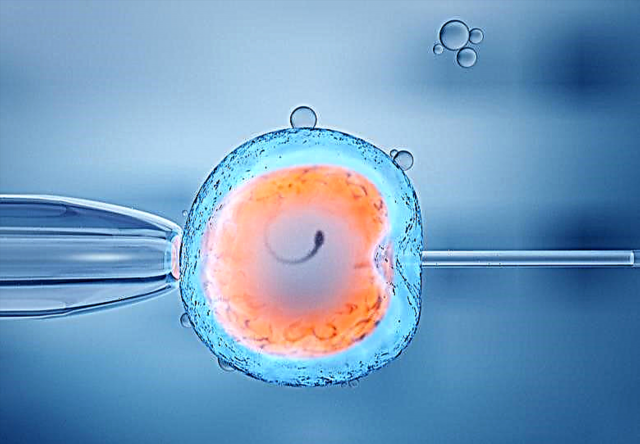A newborn baby can be very restless when they have a stuffy nose. The newborn syringe helps to clear the nasal passage and restore normal breathing. With its help, the development of dangerous pathologies can be prevented.

Newborn nasal syringe
Do I need to clean the spout
A blocked nose causes a lot of inconvenience. For an infant, nasal breathing is necessary - otherwise, he cannot suck, during sleep he is not able to switch to breathing through the mouth. From this, the baby often wakes up, cries. Therefore, the main purpose of cleansing the nose is to resume normal breathing.
Why do crusts form
Crusts in the baby's nose are formed due to the peculiarities of its structure and functioning:
- tenderness, sensitivity of the mucous membrane;
- a tendency to the rapid development of edema due to the active blood supply to the mucous membrane;
- narrowness of the nasal passages;
- the presence of a large number of microvilli, which allow the mucous membrane to actively cleanse itself of dust and mucus particles.
Also, crusts are formed due to:
- respiratory diseases;
- colds;
- overdried indoor air;
- allergic reactions.
Scabbing can be the result of too much maintenance. If parents constantly remove mucus from a child's nose, wash it with saline solutions, then the mucous membrane is constantly irritated. Due to constant irritation of the mucous membrane, babies develop rhinitis.
How often to clean the spout
Cleansing the nose of mucus and crusts can be an unpleasant procedure for a baby, so he is able to turn his face away, be capricious, and turn his head.
Important! There is no need to postpone cleansing the nose, especially when breathing difficulties begin. After the procedure, the baby will feel significant relief and sleep well.

Cleansing the nose
The first cleaning of the nose is carried out in the maternity hospital under the supervision of medical personnel. In the future, parents need to remember that interferon is constantly produced in the nasal cavity of an infant, which protects the baby from viruses and bacteria. If this protection is removed very often, then the immunity begins to work much weaker. The baby's body is more susceptible to infectious diseases.
Pediatricians warn that it is not always necessary to invade the child's body. If mucus is separated from the nasal passages, then there is no need to further clean the nasal passages. Help is needed if a runny nose appears and the nose is blocked.
The toilet of the nose should be carried out when:
- the appearance of moodiness, refusal to breastfeed;
- the appearance of puffing;
- sleep disturbance;
- the appearance of dry crusts;
- sneezing;
- scratching the nose;
- runny nose caused by a cold.
How to clean a baby's nose
There are many ways to clean your baby's nose.
Attention! It is strictly forbidden to use cotton swabs. Their diameter may be larger than the airways. Because of this, the mucous membrane is injured. Inexperience, parents can insert the stick deeply and destroy the cartilage tissue.

Cotton buds are not used for the nose, this is wrong
You should also not use a syringe as a syringe.
Cotton filaments are an excellent replacement for sticks. In addition, aspirators are sold in pharmacies. They look like pears and are very easy to use.
Why do you need a syringe
The syringe serves not only for enema or removal of gas. A newborn nasal syringe is needed to remove fluid more effectively and safely. Removing crusts or mucus with other devices is less effective and can injure the nasal mucosa.
How to clean your baby's nose
If mucus accumulates in the nasal cavity, then it can be easily cleaned using a rubber aspirator - a syringe. Regardless of how it works, it effectively removes mucus.
When carrying out the procedure for sucking mucus, the baby should be in an upright position. One tip of the aspirator is inserted into the nasal passage, through the other end, mucus is sucked out. Then it goes into a special container. If the nasal mucus is too thick, saline drops should be instilled before removing it.
Important! Be very careful when cleaning the spout with a rubber-tipped blower. Parents cannot control the strength of the suction.
The sequence for sucking mucus with a pear:
- put the child upright;
- release air from the pear, insert its tip into the nostril;
- release the pear;
- repeat the same actions with the other nostril;
- make a flagellum from cotton wool, moisten it in saline solution, insert it into the nose, gently scrolling it.
The disadvantage of a pear is that parents cannot immediately track the result of cleansing. The snot remains in the syringe, which is made of opaque materials. Therefore, the action must be repeated several times for complete cleaning.
Syringe sizes
Small syringes are used for newborns. The volume of syringe number 1 (the most commonly used) is 25 ml.
Toolkit preparation
It is necessary to prepare all the items that will be needed during the cleaning of the nose: these are cotton cords or cotton disks, liquid paraffin, saline, an aspirator.

Cotton wool flagella
Preparing the child for the procedure
Note! You cannot clean the nose when the baby is anxious, capricious, or when the child is hungry. This causes him unpleasant sensations, subsequently the crumb will be capricious before each cleansing of the nose.
Before you cleanse your baby's nose, you need to carry out the following preparatory measures:
- Clean the nose with clean hands.
- The key to a successful procedure is the mother's calmness and confidence. She shouldn't be nervous in any way.
- The room where the cleansing will take place should be light and warm.
- The child's head must be fixed. Better yet, ask someone to hold the baby's head.
- So that the child does not feel discomfort, dry crusts need to be softened. To do this, drip with saline solution.

Saline instillation
Contraindications
The following contraindications for nasal douching should be taken into account:
- an allergic reaction to one of the components of the solution;
- otitis media, including all forms of exacerbations;
- obstruction of the nasal passages;
- nose bleed;
- any formations in the nasal cavity.
The syringe for newborns for the nose allows you to quickly and safely rid the cavity of mucus and crusts. The procedure for rinsing the nose is necessary, since with a stuffy nose, feeding the baby becomes difficult, he becomes restless and does not sleep well. Correct use of the syringe will relieve nasal diseases and help to improve nasal breathing.



